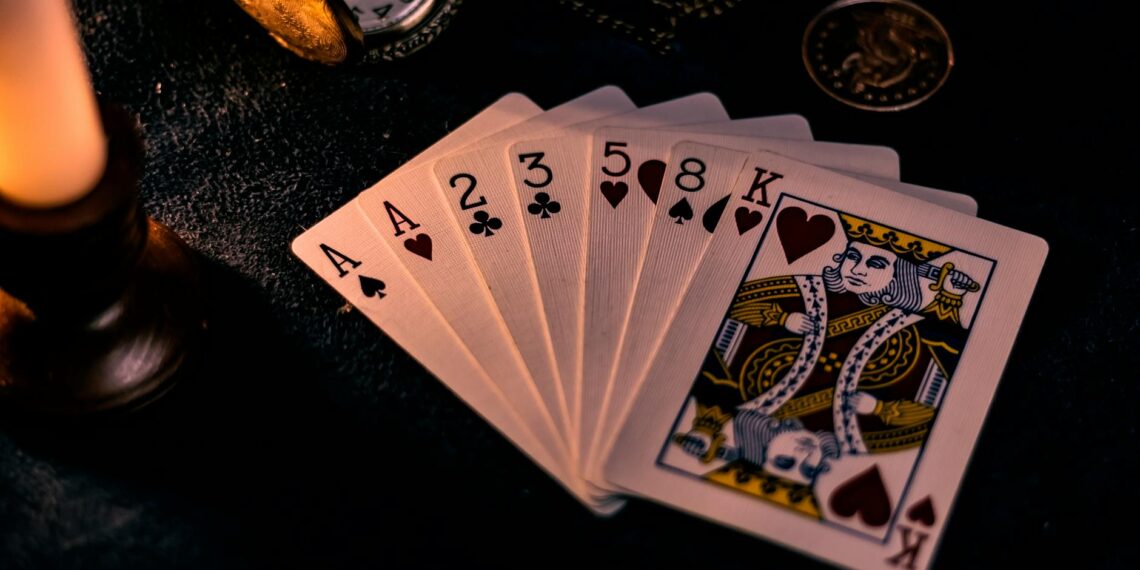Mint errors are defects or imperfections that occur during the coin production process. These errors can significantly impact a coin’s appearance and potentially increase its value to collectors.
Coin errors are broadly classified into three main categories:
These errors occur during the creation of the planchet, the blank metal disc that eventually becomes a coin. Examples include:
- Blank planchets: Planchets that are released without being struck with a design.
- Clipped planchets: Planchets with an incomplete, often crescent-shaped, section due to misalignment during the blanking process.
- Improper Thickness: Planchets that are either too thin or too thick, resulting in a coin with an abnormal weight or appearance.
- Lamination Flaw: A defect in the planchet’s metal that causes it to peel, flake, or split.
- Wrong Planchet: A coin struck on a planchet intended for a different denomination (e.g., a dime struck on a penny planchet) or a foreign coin.
Die errors involve defects or issues with the dies (the metal forms that stamp the design onto the planchet) themselves. Examples include:
- Doubled Die: Occurs when the die receives a misaligned, extra impression from the hub, resulting in a doubled design on the coin.
- Die Cracks and Cuds: Breaks or cracks in the die that appear as raised lines or blobs on the coin’s surface.
- Die Clash: Damage to the dies that occurs when they strike each other without a planchet in between, potentially imprinting parts of the opposite die’s design onto the coin.
- Misaligned Dies: One or both dies are not properly centered during the striking process, leading to a coin with an off-center or uneven design.
These errors happen during the actual striking of the coin, when the die presses the design onto the planchet. Examples include:
- Off-Center Strike: The planchet is not centered when it is struck, resulting in a coin with a partially missing or off-center design.
- Broadstrike: The coin is struck without being held properly within the collar, causing it to have a larger diameter and a plain edge.
- Multiple Strike: The planchet is struck more than once by the die, resulting in overlapping or layered designs.
- Brockage: An already struck coin gets stuck to a die and then strikes another planchet, transferring its mirror image onto the new coin.
- Die Cap: A coin becomes stuck to a die and, through repeated striking, begins to take on a bottle-cap-like shape.
In addition to these main categories, other rarer errors can occur, such as:
- Missing edge lettering: Coins that are supposed to have lettering on their edges but lack it.
- Mule coins: Coins struck with dies that were not intended to be used together.
- Transitional errors: Coins struck with a planchet from a previous metallic composition during a change in minting materials.
The value of an error coin depends on factors such as its rarity, condition, and demand among collectors.









What type of coin error is valuable?
Good point! Overdates, mules, brockage, double denomination, and struck on the wrong planchet errors are often valuable. Errors on ancient, medieval, and higher-value coins, however, may be detrimental to the coin’s numismatic value.
What are coin errors called?
US error coins are error coins produced by the US government. There are three categories of error coins as provided by the American Numismatic Association. Metal usage and striking errors referred to widely as planchet errors, die errors, and mint striking errors.
What does a planchet error look like?
I can help with that. A coin is described as having a planchet error when there are imperfections or damage that occurred before the coin was struck, namely during the production of the planchet. These include bumps, nicks and impurities of the metal.